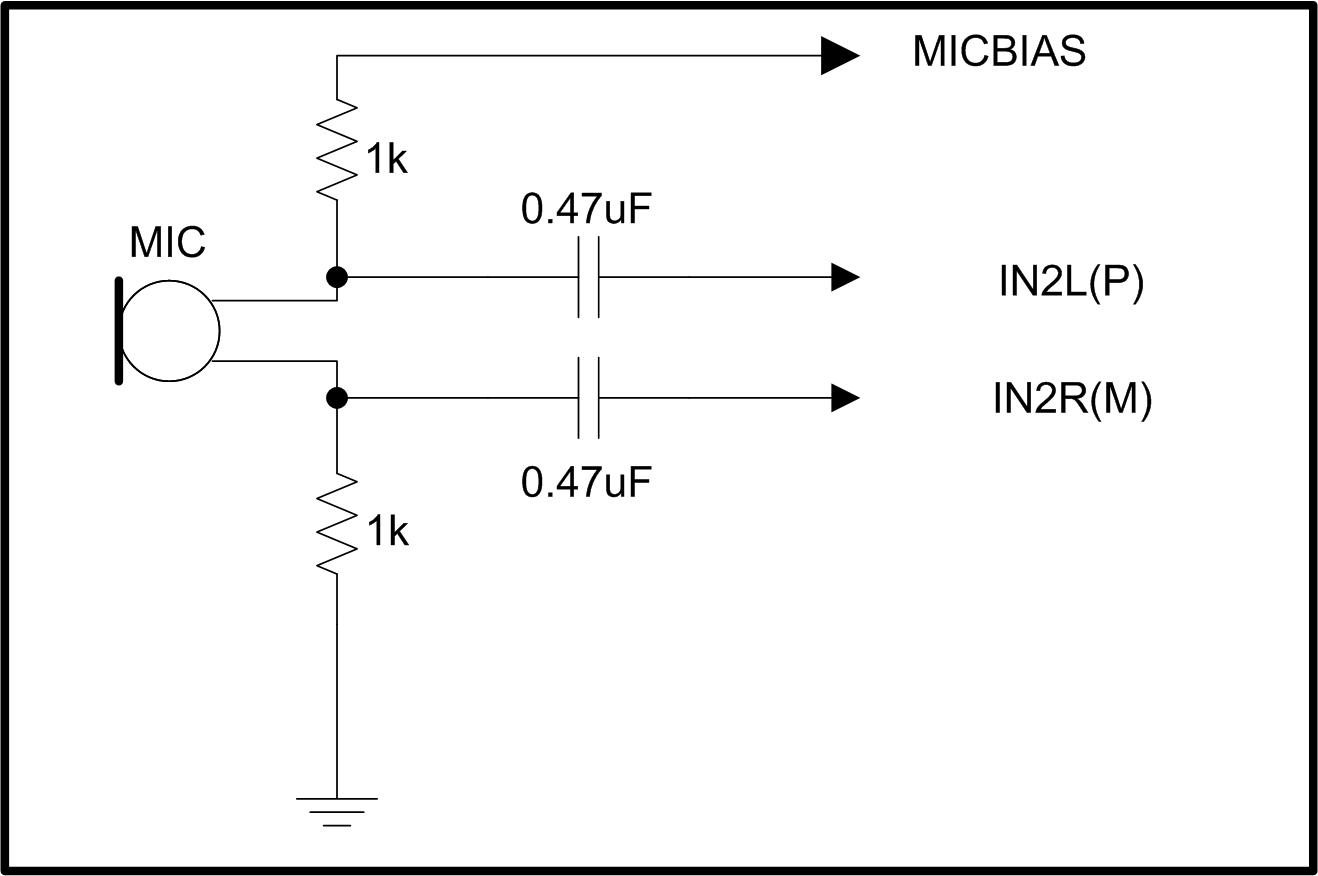Hi,
We are using TLV320AIC3204 (CODEC) in our design, to interface MIC's differential output(analog) to the ports IN2L -MIC positive and IN2R- MIC negative output.
We would like to know the software level register setting for configuring IN2 port to accept differential signals.
Kindly share us the example source code for differential Analog input configuration.
Thank you for your support.
Best Regards,
Hema Sundar


